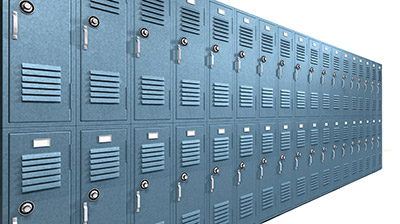Introduction

Balance
When you were little (or maybe you still do this), did you ever play on a teeter totter? If someone got on, you could balance it and sit there for a long time. You could push off and go up and down, but as soon as someone got off, your side fell to the ground, and you got off balance. People naturally want to have balance in their lives. It gives a sense of unity and order and seems to hold everything together. Without balance, things seem to be off kilter and unsettling. Artists use balance to visually hold their designs together and to show completeness in their work.


Proportion
Imagine that you are standing in front of your locker. Look at it very carefully; it seems really big, doesn’t it? But what happens when you look down the row of lockers in the hall? They become smaller as they move away? This is an example of proportion. Throughout history, artists have used proportion to depict realistic objects or to distort or rearrange these objects.
As you learn about balance and proportion, you will understand how artists convey meaning in their artwork.

| Lesson Objectives |
|
Following successful completion of this lesson, students will be able to...
Enduring Understandings
The above objectives correspond with the Alabama Course of Study: Elements of Arts Literacy standards: 2, 3, 4, 6, and 8. |
